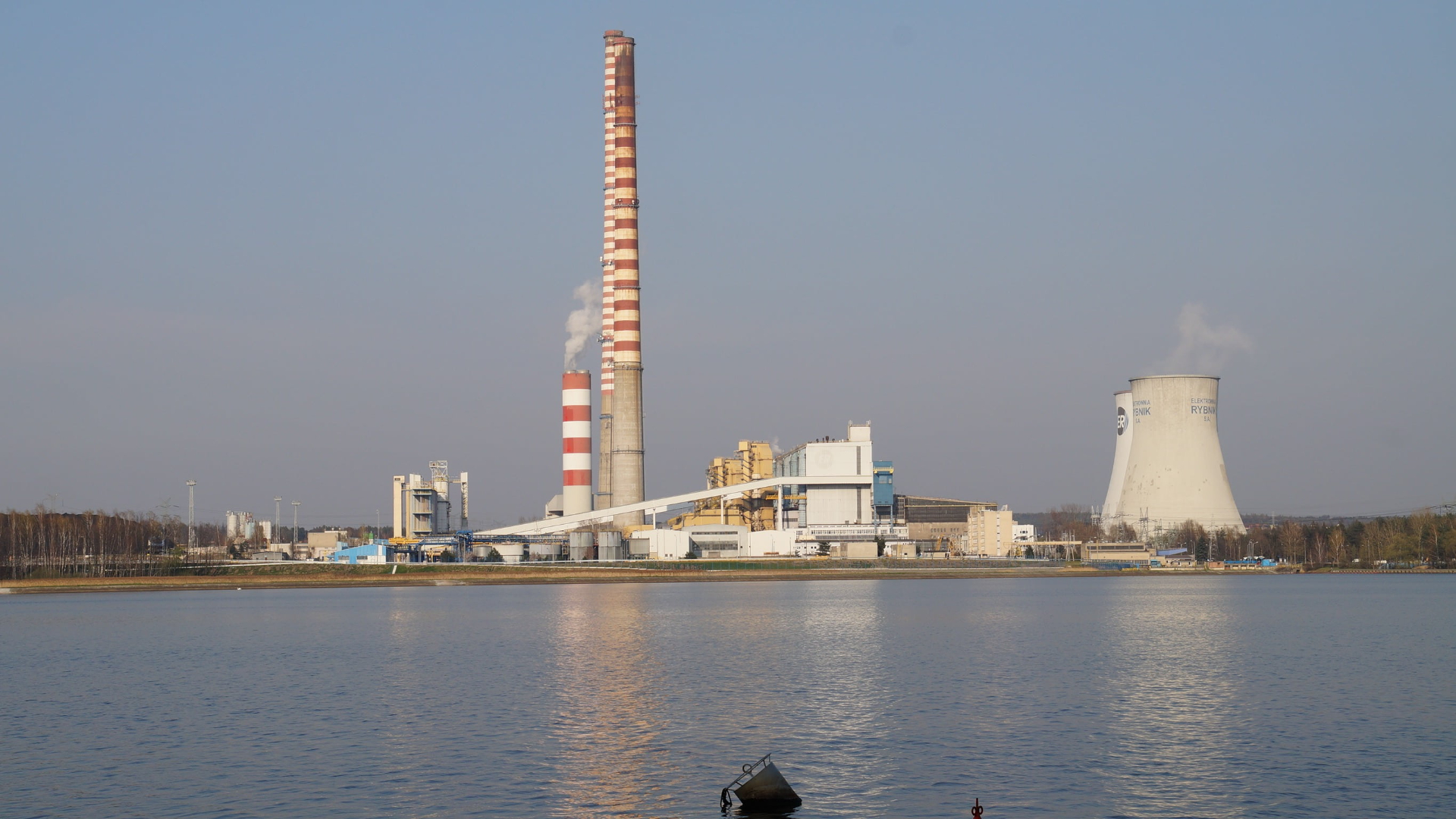The pretreatment stage in sewage treatment is the key starting point of the entire treatment process, and its core goal is to create an environment suitable for subsequent biochemical treatment. The following provides an in-depth analysis from three dimensions: purpose, core technology, and implementation steps:
1、 The core objective of preprocessing
Equipment protection barrier
Intercept large particles such as tree branches and plastic to prevent blockages in water pumps, pipelines, and subsequent equipment.
Reduce the wear and tear of equipment caused by heavy particles such as sand, and extend the service life of equipment.
Biochemical system escort
Reduce substances that are toxic to microorganisms, such as heavy metals and oils, to ensure the normal metabolism of microorganisms in the biochemical pool.
By regulating the pool to balance water quality fluctuations, the impact of shock loads on the biochemical system can be avoided.
Efficiency improvement and cost reduction drive
Reduce suspended solids and COD concentration, reduce the load on subsequent processing units, and improve overall processing efficiency.
Reduce the production of foam (caused by grease and scum) to prevent interference with biochemical treatment effect.
2、 Analysis of Six Core Technologies
Technical type, working principle, application scenario
Grid filtration physically intercepts large particle impurities (such as plastic and tree branches). Coarse grid (>50mm) and fine grid (10-50mm) are used in multi-stage combination
Gravity sedimentation of sand settling tank for removing inorganic particles such as sand and gravel. Horizontal flow type (simple structure) and aeration type (with oil removal function)
Regulating the homogenization and even quantity of the regulating pool, neutralizing the acidity and alkalinity, and treating scenarios with large fluctuations in water quantity/quality (such as combined sewer overflow during the rainy season)
Gravity sedimentation in the primary sedimentation tank removes suspended solids and some organic matter with a residence time of 1-2 hours, removing about 50% suspended solids and 25% COD
Chemical pre oxidant decomposes trace organic matter and algae to cope with difficult to degrade organic matter or eutrophic water sources
Activated carbon adsorbs and adsorbs soluble pollutants, improves sensory indicators, emergency response to sudden pollution, or improves effluent color
3、 Typical preprocessing process
mermaid
graph TD
A [Inlet] –>B [Coarse grille]
B –>C [Fine grille]
C –>D [sedimentation tank]
D –>E [regulating pool]
E –>F [Primary sedimentation tank]
F –>G [Subsequent biochemical treatment]
4、 Innovative Technology Expansion
Automated grille: equipped with intelligent monitoring and automatic slag cleaning system, reducing manual intervention.
Cyclone sedimentation tank: using centrifugal force to accelerate sand water separation, increasing efficiency by more than 30%.
Magnetic separation technology: By adsorbing magnetic particles with a magnetic field, it enhances the removal of suspended solids.
5、 Preprocessing effect evaluation
Suspended solids removal rate: typically reaching 60-80%
COD reduction: The pre-treatment stage can reduce COD by 20-40%
Equipment protection effect: Grid failure rate reduced by 70%, water pump life extended by 3-5 years
By combining scientific pre-treatment techniques, not only can the stability of the sewage treatment system be significantly improved, but also the best conditions can be created for subsequent biochemical treatment, ultimately achieving the goal of efficient and low consumption sewage purification.


生化膜反应器14-scaled.jpg)
生化膜反应器4-scaled.jpg)


